Manifold design on turbocharged applications is deceptively complex as there many factors to take into account and trade off General design tips for best overall performance are to:
-Maximize the radius of the bends that make up the exhaust primaries to maintain pulse energy
-Make the exhaust primaries equal length to balance exhaust reversion across all cylinders
-Avoid rapid area changes to maintain pulse energy to the turbine
-At the collector, introduce flow from all runners at a narrow angle to minimize "turning" of the flow in the collector
-For better boost response, minimize the exhaust volume between the exhaust ports and the turbine inlet
-For best power, tuned primary lengths can be used
Cast manifolds are commonly found on OEM applications, whereas welded
tubular manifolds are found almost exclusively on aftermarket and race applications. Both manifold types have their advantages and disadvantages. Cast manifolds are generally very durable and are usually dedicated to one application. They require special tooling for the casting and machining of specific features on the manifold. This tooling can be expensive.
On the other hand, welded
tubular manifolds can be custom-made for a specific application without special tooling requirements. The manufacturer typically cuts pre-bent steel U-bends into the desired geometry and then welds all of the components together. Welded
tubular manifolds are a very effective solution. One item of note is durability of this design. Because of the welded joints, thinner wall sections, and reduced stiffness, these types of manifolds are often susceptible to cracking due to thermal expansion/contraction and vibration. Properly constructed
tubular manifolds can last a long time, however. In addition,
tubular manifolds can offer a substantial performance advantage over a
log-type manifold.
A design feature that can be common to both manifold types is a " DIVIDED MANIFOLD" , typically employed with " DIVIDED " or "twin-scroll" turbine housings. Divided exhaust manifolds can be incorporated into either a cast or welded
tubular manifolds (see Figure 5. and Figure 6.).
The concept is to DIVIDE or separate the cylinders whose cycles interfere with one another to best utilize the engine's exhaust pulse energy.
For example, on a four-cylinder engine with firing order 1-3-4-2, cylinder #1 is ending its expansion stroke and opening its exhaust valve while cylinder #2 still has its exhaust valve open (cylinder #2 is in its overlap period). In an undivided exhaust manifold, this pressure pulse from cylinder #1's exhaust blowdown event is much more likely to contaminate cylinder #2 with high pressure exhaust gas. Not only does this hurt cylinder #2's ability to breathe properly, but this pulse energy would have been better utilized in the turbine.
The proper grouping for this engine is to keep complementary cylinders grouped together-- #1 and #4 are complementary; as are cylinders #2 and #3. Because of the better utilization of the exhaust pulse energy, the turbine's performance is improved and boost increases more quickly.
http://www.turbobygarrett.com/turbobyga ... _manifolds that shows PR and efficiency versus speed. You can see just how drastically the compressor performance drops with speed. It would be impossible to cycle the turbo spool speed from 100%Nr to 50%Nr and back to 100%Nr in the 100ms or so between exhaust pulses within a single cylinder bank in an F1 V6 engine.
that shows PR and efficiency versus speed. You can see just how drastically the compressor performance drops with speed. It would be impossible to cycle the turbo spool speed from 100%Nr to 50%Nr and back to 100%Nr in the 100ms or so between exhaust pulses within a single cylinder bank in an F1 V6 engine.


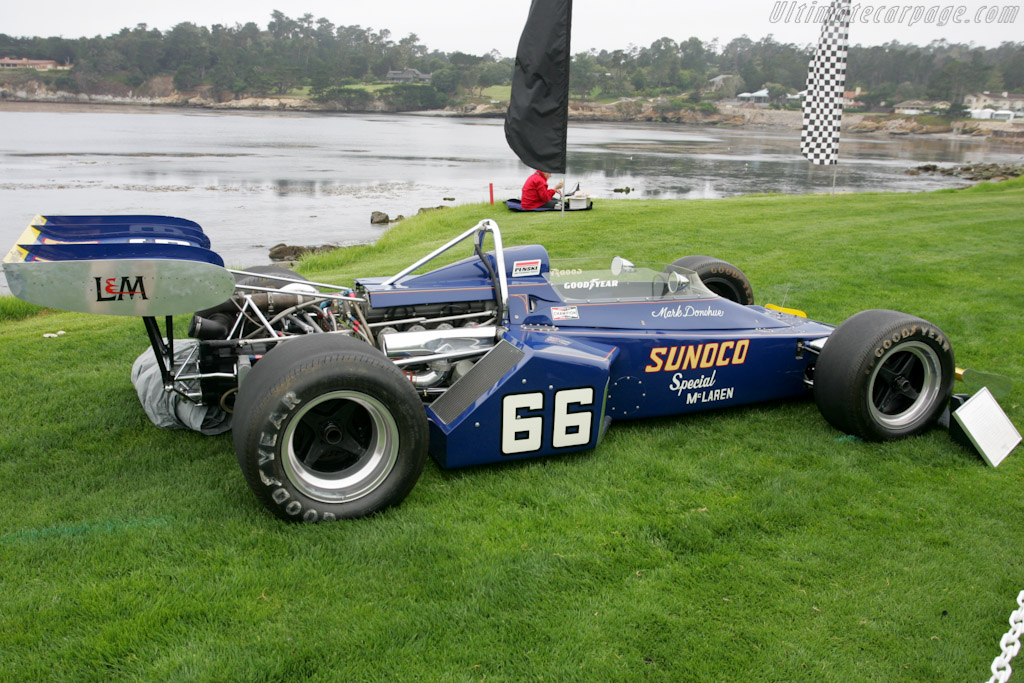
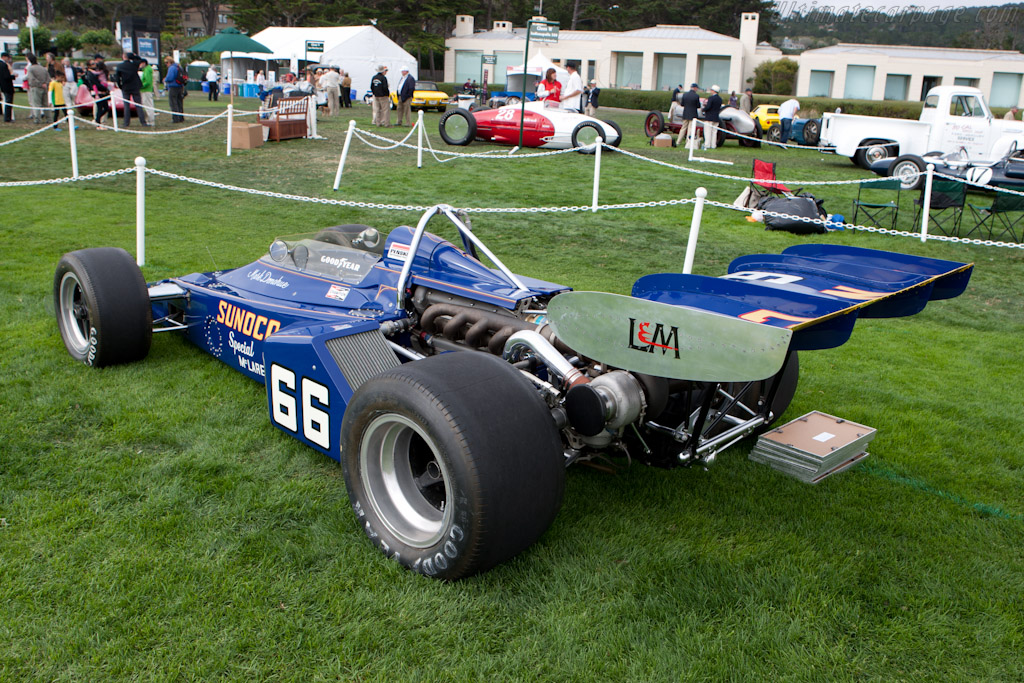
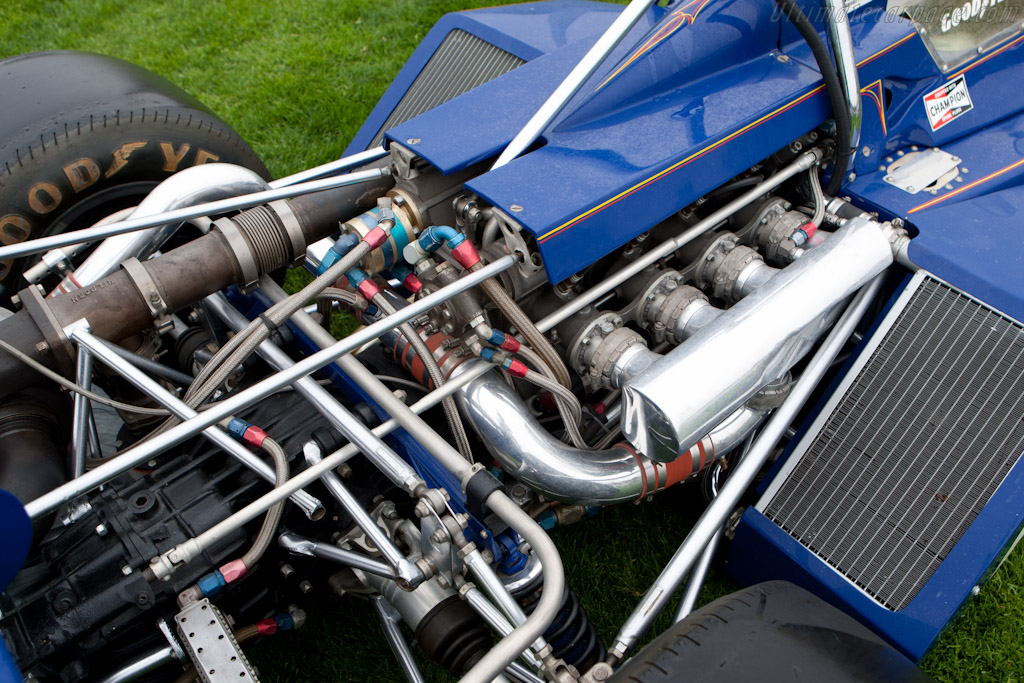
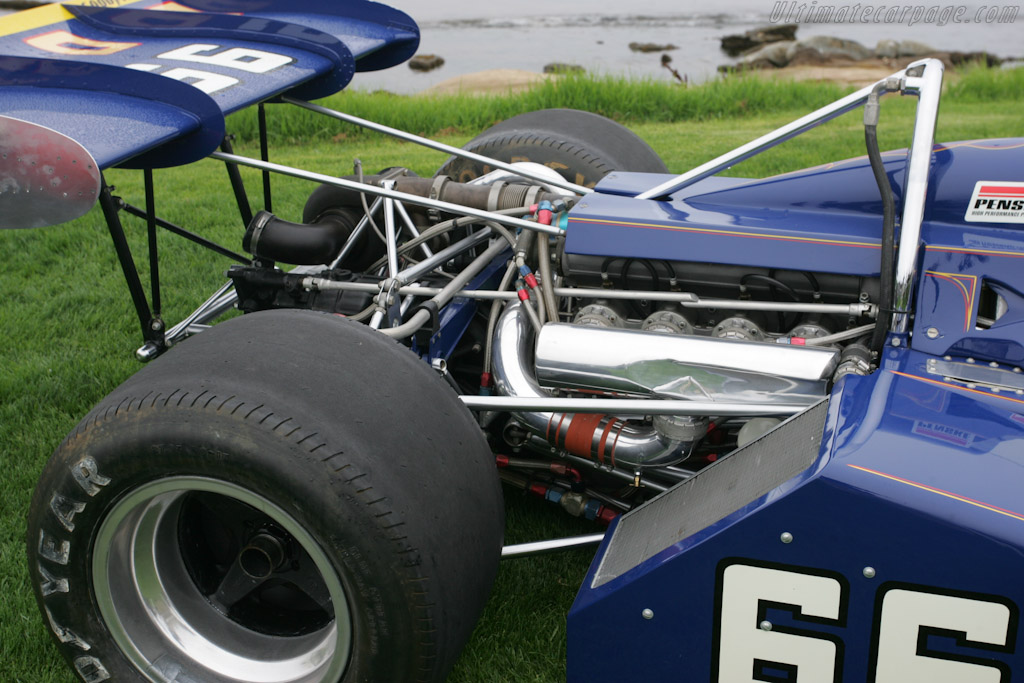
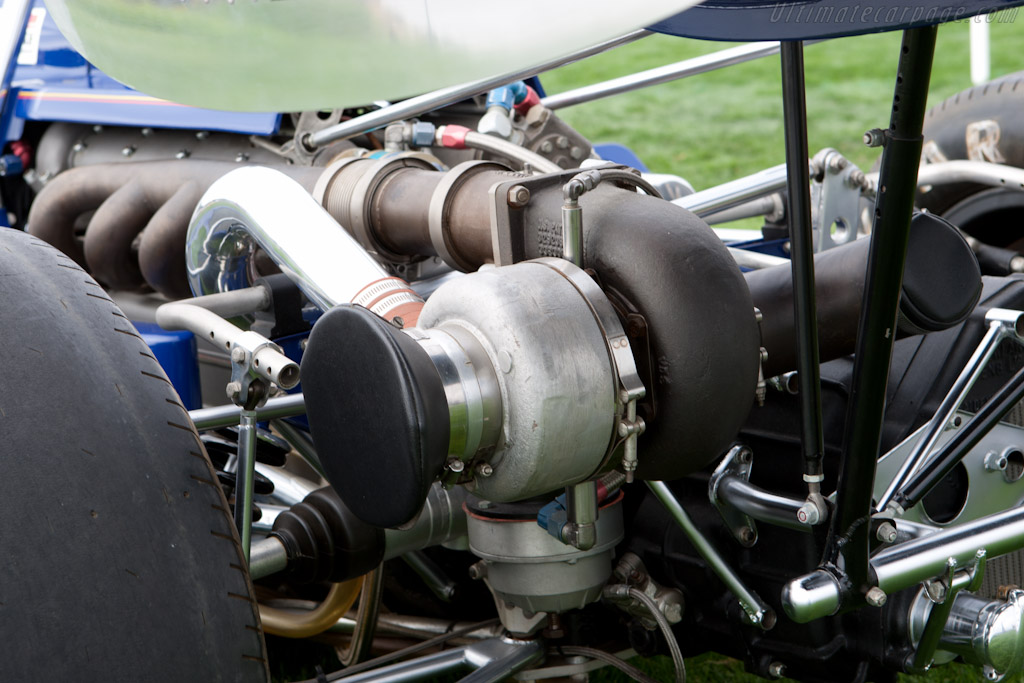
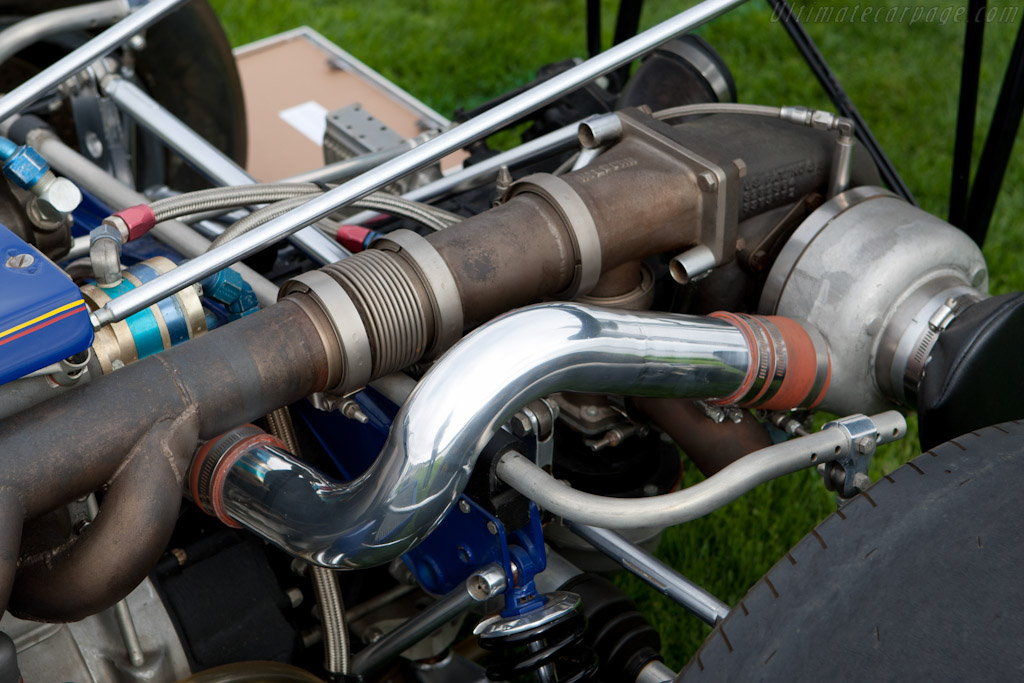
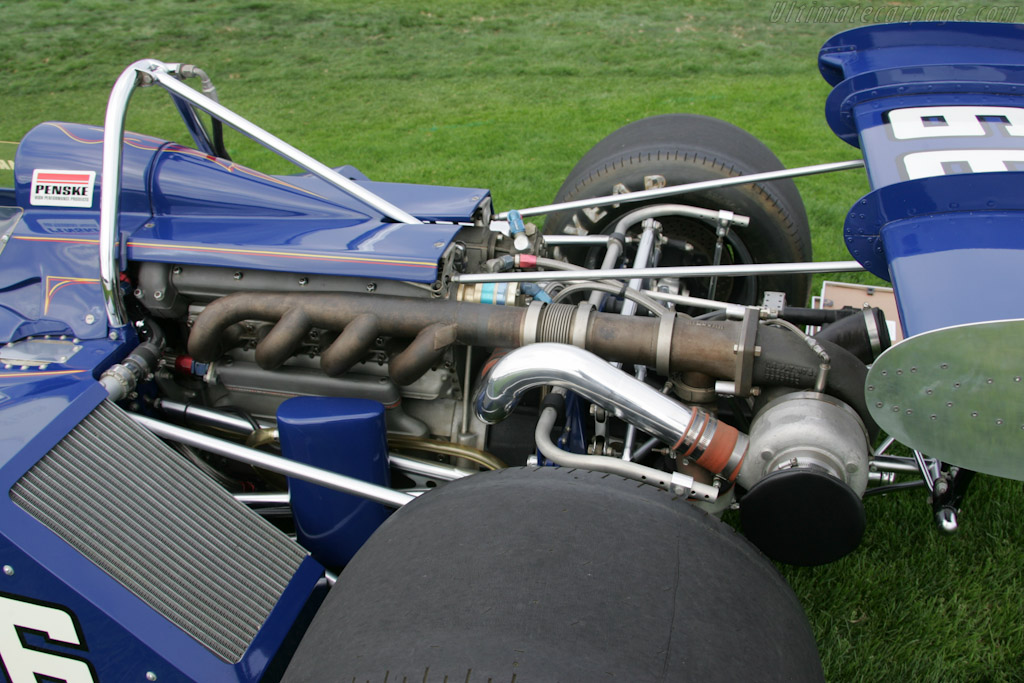
 ;
;